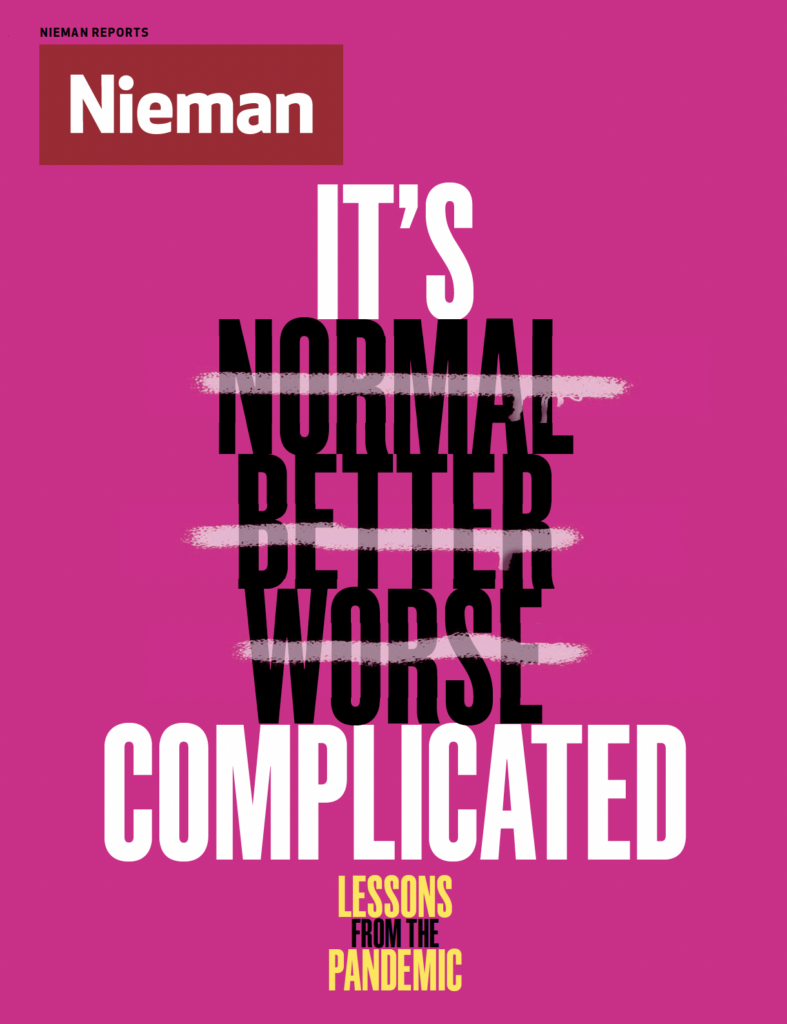I’m the director of photo/video at the Star Tribune in Minneapolis. Throughout my 22 years at the paper, I’ve observed plenty of stellar photojournalism. But this past year was different.
As our newsroom shut down and most of us headed home to do our work, our photographers and videographers headed out to document the shutdown of Minnesota.
Journalists, especially news photographers, are used to going towards danger. That’s part of the job. But this time, the stakes were high. Early on, when we didn’t know exactly how the virus was transmitted, everyone on my team was cognizant that they could become vectors of the illness, unwittingly spreading the disease as they went from assignment to assignment.
The early lesson for the photo and video team was that they had to treat everyone they encountered as if they carried the virus, including themselves. Masks, long lenses, outdoor photo shoots only, and wiping down equipment over and over again with Clorox wipes was a daily, repetitive experience. All the commonplace activities to photograph in the Before Times — a Timberwolves basketball game, a street festival, school kids learning in a classroom — suddenly were no more. The world ground to a halt, making it seem almost impossible to do any meaningful photojournalism.
But rather than see all these things as roadblocks, my team took the pandemic as creative inspiration to try harder. Without waiting for reporters to make assignments, the photo/video staff spread through the Twin Cities to find their own stories and moments. Like the out-of-work opera singer who did a concert off his condo balcony to entertain his neighbors. Or the woman praising the Lord with upraised arms in her car during parking lot church. And the 112-year-old celebrating her birthday at her window, waving at the passing car parade in her honor.
By the time we got to the end of May, the team had become very used to taking photos and video at least six feet from their subjects. But the murder of George Floyd by Minneapolis police officer Derek Chauvin changed all that. Suddenly, photographers were deep in the midst of chaotic and crowded protests. Every safety measure taken in the preceding three months went out the window. The virus seemed like a secondary worry to the dangers presented by the National Guard, law enforcement, and some of the protesters.
Faced with an abundance of very visual news to cover, the photographers captured the unfolding historical reckoning happening right in our backyard. It was like the 1992 Los Angeles riots and Selma-to-Montgomery marches happening all at once.
For the photo editors, particularly our night editors Kyndell Harkness and Kevin Martin, the Floyd protests were a challenge to explain the root of the anger spilling onto the streets, and not let the images of looting or arson represent anything more than a symptom of the larger problem of racism. They took care to choose images that didn’t flinch from showing what was happening, but also didn’t put undue emphasis on property destruction over human anguish.
It’s now been a year since those protests, and more than a year since the pandemic began. What have we learned?
While so much has changed, it doesn’t take much to also realize that much remains the same. Just a month ago, right before the Chauvin verdict, another Minnesota Black man, Daunte Wright, was killed at the hands of a police officer.
Again, the photo and video staff were back out on the streets, covering night after night of protests outside the Brooklyn Center Police Department. But we did it differently. We spent time inside one of the nearby apartments to capture what it was like for the residents to have tear gas waft into their homes. We took a pass when offered an opportunity to embed with law enforcement on the other side of the fence from the protesters, not wanting to become their unwitting mouthpieces.
These are little examples, but real ones that speak to how the pandemic and the racial reckoning were a reminder that the bedrock essence of our work is to tell people’s stories. At a time when safety demanded that we remain isolated — both physically and even mentally from each other — photojournalists did the heroic work of still going out there to be with people, talk with people and photograph people. Doing this provided a lifeline for all those unable to leave their homes to see what was happening with their own eyes.
Now, as we all emerge from (hopefully) the worst of the pandemic and can return to “normal” life, I hope “back to normal” isn’t the case for photojournalism. We can’t go back to business as usual. The pandemic and the death of George Floyd taught us that we are all inextricably linked — photojournalists and subjects alike. We have a responsibility to tell people’s stories in full and nuanced ways, just as we would want our own stories told. We can’t cover communities of color only when the worst news happens. When we are photographing protests, we have to ensure we aren’t just playing into tired visual tropes. We have to take the time to find out how our subjects want to be portrayed, especially if they are from communities we don’t cover regularly. It’s about respect.
Ultimately, we are with people on their very best day and their very worst day. How we tell their story of that day matters.
Photojournalists’ work is simple but important. Maybe now more than ever.
Deb Pastner is director of photo and video at the Star Tribune, based in Minneapolis.

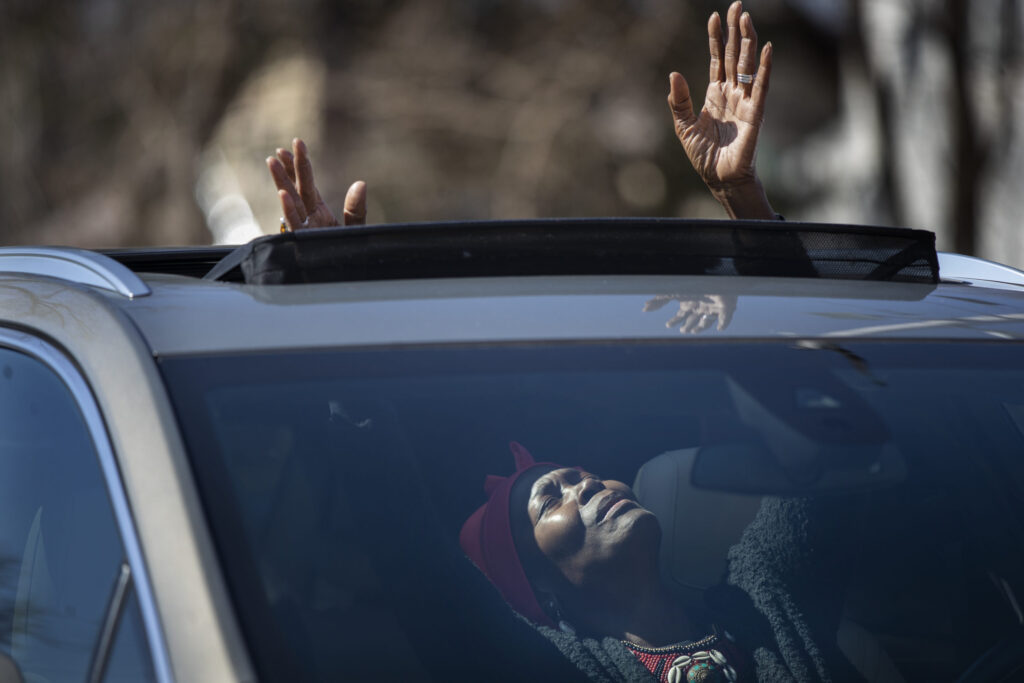
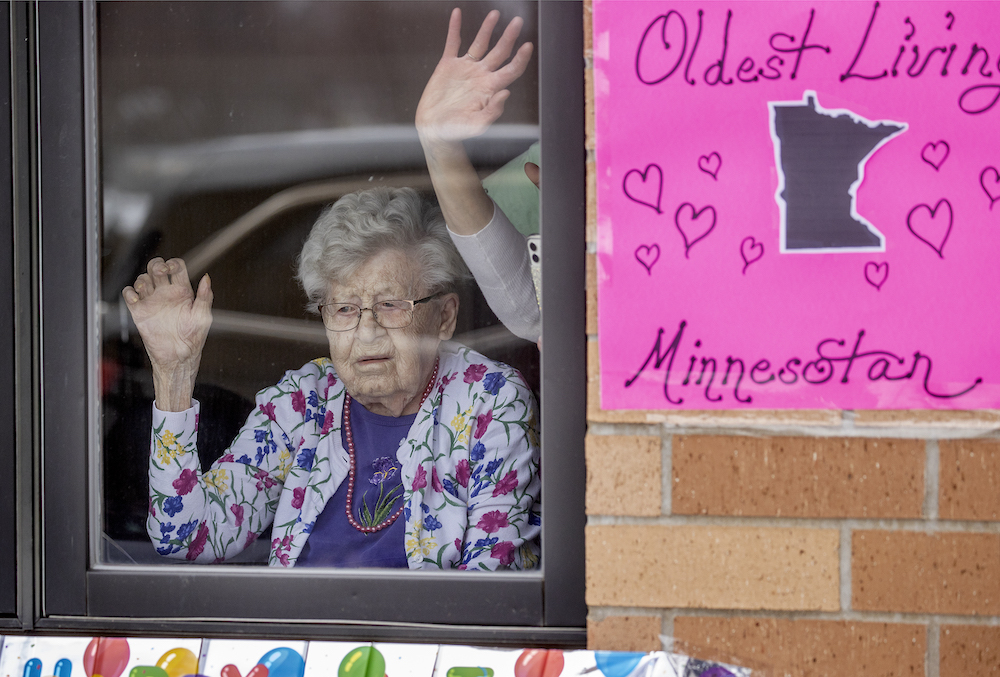

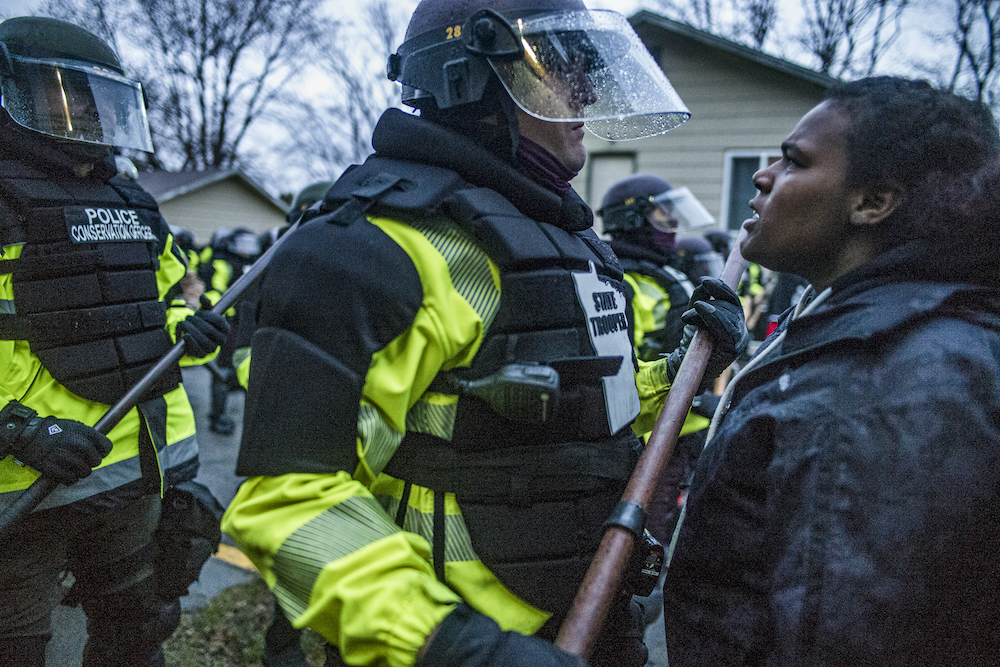

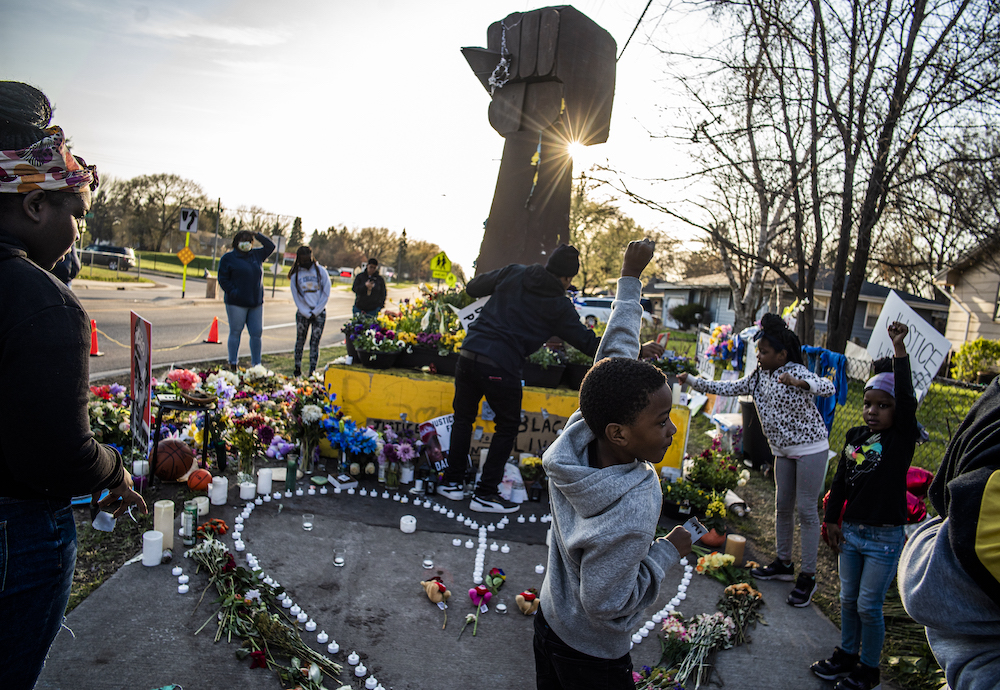
Lessons from the Pandemic
Hope that the coronavirus is finally being brought under control has given rise to planning for a return to “normal.” But can, or should, journalism return to a pre-pandemic “normal?” Across newsrooms, the way we once covered education, labor, theater—any beat—is unlikely to be sufficient for the moment we are entering. What are the lasting lessons of this time, and how should we do journalism differently? These are the questions to which Nieman Reports is seeking answers in our essay series, Lessons from the Pandemic.

